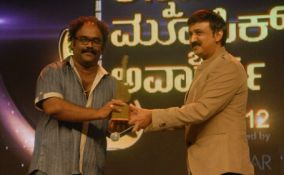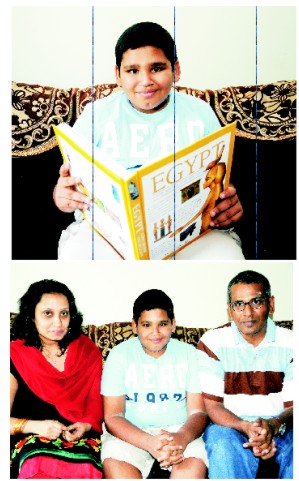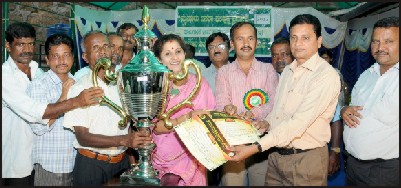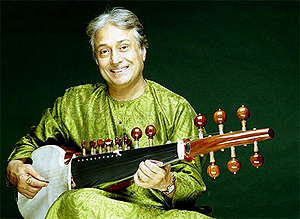Bangalore houses what might be an outsize share of India’s metal heads, so it’s appropriate that this was the city that thrash metal band Slayer picked for their first show in India. The band played in one of the city’s outlying suburbs, and drew a crowd from all over, including Vietnam, as they played a set list that stretched back through albums such as “Reign in Blood,” to “ Show No Mercy ,” their debut album from 1983.

“The special part for me is we’ve never played India. So we can pretty much play anything we’ve ever played,” guitarist Kerry King said at a press conference for the event.
Slayer began in 1981 when guitarists Kerry King and Jeff Hanneman met at an audition for another band and decided to form their own act. Bassist and vocalist Tom Araya, who had worked with King previously, was roped in and drummer Dave Lombardo was recruited when he delivered a pizza near the King household, and met the “boy with all the guitars.”
The band’s style is hard to duplicate: fast, slick guitar riffs backed up by Lombardo’s thundering double-bass drums and Araya’s shouted vocals. Slayer is the sort of band that stands astride the scale of noise to musical genius. People usually hate it or swear by it.
Their lyrics have gotten them into trouble over the years. Slayer’s songs are about war, serial killers, religion, Satan, post-traumatic stress disorder and the end of the world. A song about Nazi doctor and torturer Josef Mengele and the horrors he inflicted on Jews and other concentration camp inmates led to Slayer being branded pro-Nazis and racists. In its 31 years, the band has denied charges like these.
The band had a brush with India in 2006, when a Mumbai Christian group protested against the content and artwork of its album “Christ Illusion,” which featured Jesus missing an eye and both arms. The album was banned in India, and publisher EMI pulled all copies off the shelves. In America, “Christ Illusion” won Slayer its first Grammy awards for “Eyes of the Insane” and “Final six.”
“I don’t think that’s right when governments or countries ban any kind of music,” Lombardo said. “(But) we’re going to continue doing what we do, which is to offend the best way we can, and that is not going to stop.”
A staple question at nearly every interview the band has given is whether Slayer are Satanists, war mongers or racists.
“Any time we’re in this kind of situation, I’ll be the first to say, ‘I don’t believe in God. I don’t believe in Satan.’ Satan’s just a nice topic, and everybody gets behind it because it’s fun,” King said. “If I had to pick something, I’d be an atheist. What I write is definitely not what I think. I think it (just) makes good songs and good entertainment.”
India has proven fertile ground for rock n’ roll of many kinds. Bangalore, with its education scene, workers from all over India and a well known pub culture, has spawned a metal scene of its own, mainly because many of the members come from the multiple colleges throughout the city. And when Iron Maiden played in 2007 it opened the floodgates for many other international acts. One of the biggest, Metallica, played to a 50,000-strong crowd in Bangalore in 2011 after a planned show in Gurgaon near New Delhi fell apart.
Lombardo, the only one of the four members who has left the band ( and since rejoined), and recorded albums with musicians from other genres, said he hadn’t heard any Indian bands, but was open to collaboration. “I mean, I would. I don’t know about Slayer.”
King’s advice to up-and-coming Indian bands is an extension of the philosophy towards his own work, he said: “Just play what you’re into. If you don’t, your fans will see right through it.”
Notoriously tight-lipped about their works-in-progress, the band did not divulge any details about the upcoming album, save that two songs have been recorded, but not mixed, and two more songs with no lead guitars or vocals recorded.
“We are way further ahead than we usually are… So hopefully, by next summer, it will be out,” King said.
Hard rock fans in the meantime have the promise of another treat to hold them over: Guns n’ Roses is scheduled to play Bangalore in November.
(Tom Araya, bassist of Slayer, performs during the Hellfest music Festival in Clisson, western France, June 20, 2010. Reuters photo: Stephane Mahe)
source: http://www.blogs.reuters.com / Home> India Insight / by Abhiram Nandakumar / October 23rd, 2012





